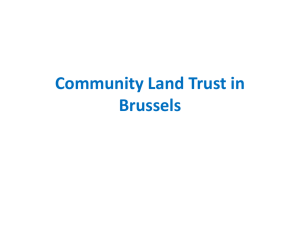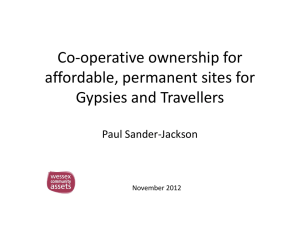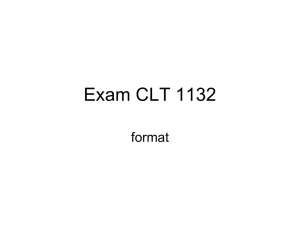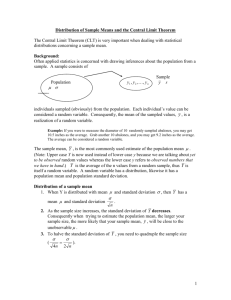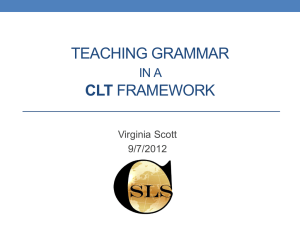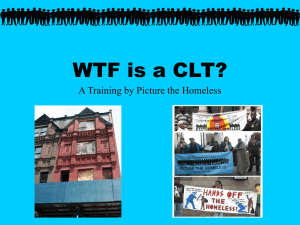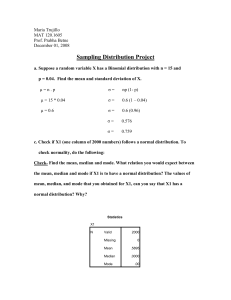CLT Project Summaries:
advertisement
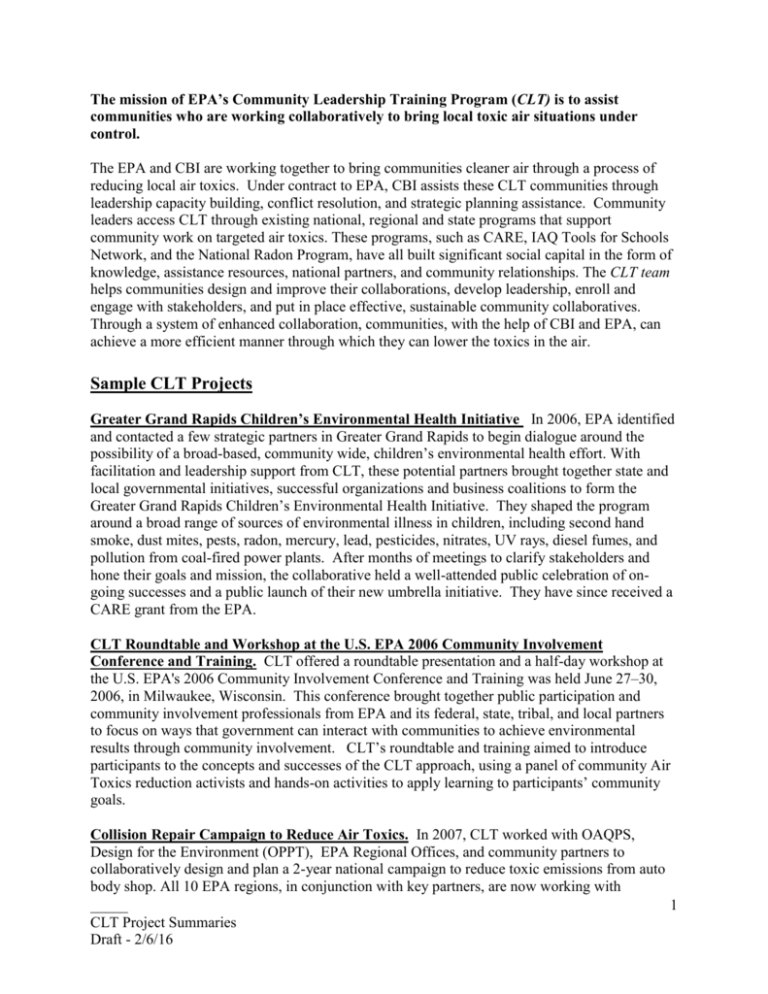
The mission of EPA’s Community Leadership Training Program (CLT) is to assist communities who are working collaboratively to bring local toxic air situations under control. The EPA and CBI are working together to bring communities cleaner air through a process of reducing local air toxics. Under contract to EPA, CBI assists these CLT communities through leadership capacity building, conflict resolution, and strategic planning assistance. Community leaders access CLT through existing national, regional and state programs that support community work on targeted air toxics. These programs, such as CARE, IAQ Tools for Schools Network, and the National Radon Program, have all built significant social capital in the form of knowledge, assistance resources, national partners, and community relationships. The CLT team helps communities design and improve their collaborations, develop leadership, enroll and engage with stakeholders, and put in place effective, sustainable community collaboratives. Through a system of enhanced collaboration, communities, with the help of CBI and EPA, can achieve a more efficient manner through which they can lower the toxics in the air. Sample CLT Projects Greater Grand Rapids Children’s Environmental Health Initiative In 2006, EPA identified and contacted a few strategic partners in Greater Grand Rapids to begin dialogue around the possibility of a broad-based, community wide, children’s environmental health effort. With facilitation and leadership support from CLT, these potential partners brought together state and local governmental initiatives, successful organizations and business coalitions to form the Greater Grand Rapids Children’s Environmental Health Initiative. They shaped the program around a broad range of sources of environmental illness in children, including second hand smoke, dust mites, pests, radon, mercury, lead, pesticides, nitrates, UV rays, diesel fumes, and pollution from coal-fired power plants. After months of meetings to clarify stakeholders and hone their goals and mission, the collaborative held a well-attended public celebration of ongoing successes and a public launch of their new umbrella initiative. They have since received a CARE grant from the EPA. CLT Roundtable and Workshop at the U.S. EPA 2006 Community Involvement Conference and Training. CLT offered a roundtable presentation and a half-day workshop at the U.S. EPA's 2006 Community Involvement Conference and Training was held June 27–30, 2006, in Milwaukee, Wisconsin. This conference brought together public participation and community involvement professionals from EPA and its federal, state, tribal, and local partners to focus on ways that government can interact with communities to achieve environmental results through community involvement. CLT’s roundtable and training aimed to introduce participants to the concepts and successes of the CLT approach, using a panel of community Air Toxics reduction activists and hands-on activities to apply learning to participants’ community goals. Collision Repair Campaign to Reduce Air Toxics. In 2007, CLT worked with OAQPS, Design for the Environment (OPPT), EPA Regional Offices, and community partners to collaboratively design and plan a 2-year national campaign to reduce toxic emissions from auto body shop. All 10 EPA regions, in conjunction with key partners, are now working with _____ 1 CLT Project Summaries Draft - 2/6/16 community groups across the country to develop strategies to work with auto body painting and repair shops, local environmental and permitting agencies, trade schools, shop owners, among others – all aimed at reducing the negative environmental and health impacts of the collision repair industry. Oregon IAQ Pacing Event In 2006, CLT helped the IAQ TfS Team to plan, gather, and facilitate nearly 75 school officials for a meeting in Eugene, Oregon. The purpose of meeting was to recognize outstanding Oregon school districts for their improvements in their indoor air quality, share resources among one another, and encourage goal setting for other districts throughout Oregon to improve their IAQ. The also event helped to catalyze progress by strengthening school IAQ networks, identifying strategies that work, and surfacing key champions for IAQ TfS throughout the state. The Oregon TfS multi-stakeholder group that emerged has gone on to work with numerous schools throughout the state using a CLT approach. In December 2007 the Oregon TfS group was recognized for their excellence among their peers at the IAQ TfS National Symposium. National City Asthma Committee (NCAC) Leadership Campaign On Asthma, San Diego. In 2005, CLT worked with the NCAC to address environmental asthma triggers from both indoor and stationary sources with the goal of reducing indoor and outdoor contaminants that trigger pediatric asthma. CLT worked with NCAC on a strategic planning session where they highlighted1) the need for an environmental campaign 2) the high level of organization in place and 3) the signature style and campaign focus of the leadership group. CLT subsequently wrote NCAC’s leadership story that was presented at an EPA air toxics conference by one of the community leaders. New England Radon Committee. In 2007, CLT worked with members of the New England Radon Committee (NERC) to assess the effectiveness of the committee and explore options to increase its value to its participants and the stakeholders they represent. CLT conducted an assessment followed by the facilitation of a large group discussion on the topic based on interview findings at NERC’s bi-annual meeting in late August. Great Lakes Asthma Forum. In 2007, CLT worked with EPA Region 5 to convene a regional Asthma forum for a broad spectrum of stakeholders within the health care community (including local and state agencies, community based organizations, health care plans, and healthcare providers) seeking to increase positive outcomes regarding asthma. The forum built on proven model practices and programs in the region to equip and energize participants to accelerate the progress of their own effective programs. CLT facilitated the planning group in developing an effective and hands-on agenda to help them meet their goals, and facilitated the forum to maximize participant engagement. Healthy Air for Northeast Denver (HAND). HAND convened as a Working Group to address air quality concerns in Northeast Denver in 2004, and received a CARE Level II Cooperative Agreement from EPA in 2005. However, progress toward their goals was stymied by process challenges. In 2006 – 7, CLT worked with the Working Group to develop a formal group charter to guide the group’s process, and to provide process leadership to improve group effectiveness and efficiency. _____ CLT Project Summaries Draft - 2/6/16 2 EPA Region 4 and 6 Radon Conferences. In 2006, EPA requested that each EPA region conduct a multi-stakeholder radon conference modeled after the national conference that would help increase partnerships and motivate effective progress toward bold national goals. In 2007 and 2008, CLT worked both Region 4 and Region 6 to convene such events. CLT facilitated the planning group in developing an effective and hands-on agenda to help them meet their goals, and facilitated the forum to maximize participant engagement. Fort Peck Asthma Campaign. In 2007, CLT began work in collaboration with EPA’s CARE program and Rocky Mountain College to help brining asthma under control for the Sioux and Assinaboine tribes of Fort Peck Reservation, NE Montana. CLT conducted an initial assessment of tribal leadership on environmental health issues, followed by a CLT pacing event in December to build tribal dispute resolution skills and formulate a campaign plan to address environmental health dilemmas. CBI is currently working with EPA and its partners focused on addressing asthma causing toxics in tribal schools and homes, as well as to improve indoor air quality monitoring and scientific data on tribal asthma incidence. Garfleld County, CO Clean Environmental Health Campaign. CLT is working with Garfield County, CO Health Department to develop and launch a comprehensive campaign in 2008 (beyond impacts of local gas and oil or air quality) to address environmental health concerns at the county level. The initiative will engage a broad range of stakeholders and will supplement ongoing CARE and RGI grants. The assessment will help to identify key stakeholders in the Garfield region and their view on the key issues, opportunities, and obstacles to improving environmental health in the region. It would also help to identify where there is community energy and motivation to take action, as well as existing challenges to progress. The Garfield County Health Department will likely serve as the convening body in conjunction with county political leadership. _____ CLT Project Summaries Draft - 2/6/16 3
